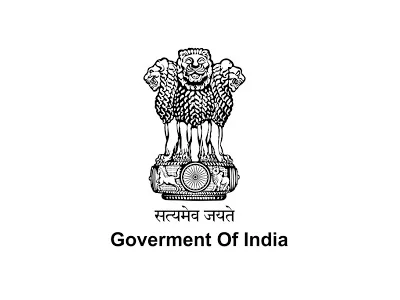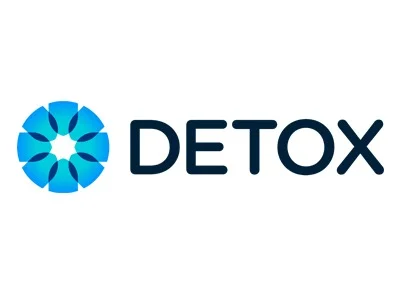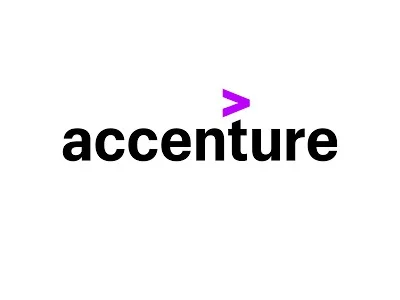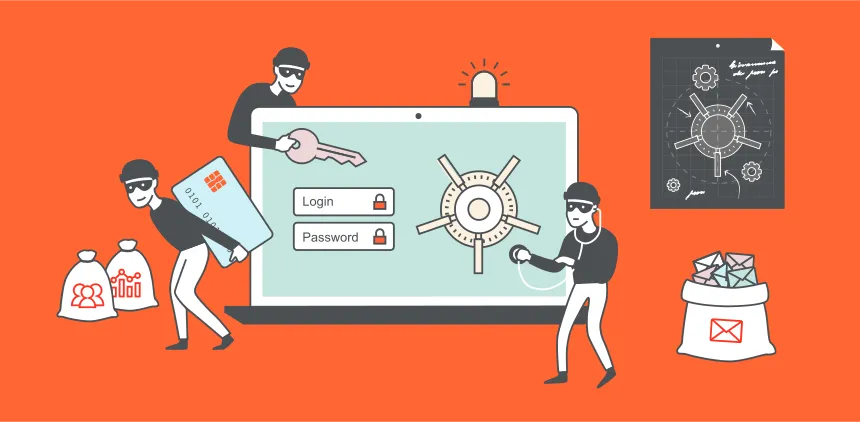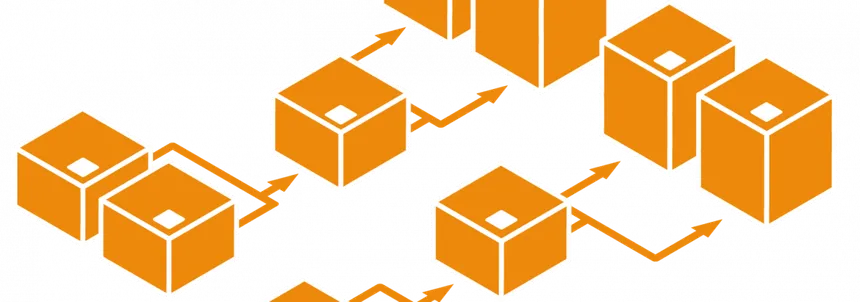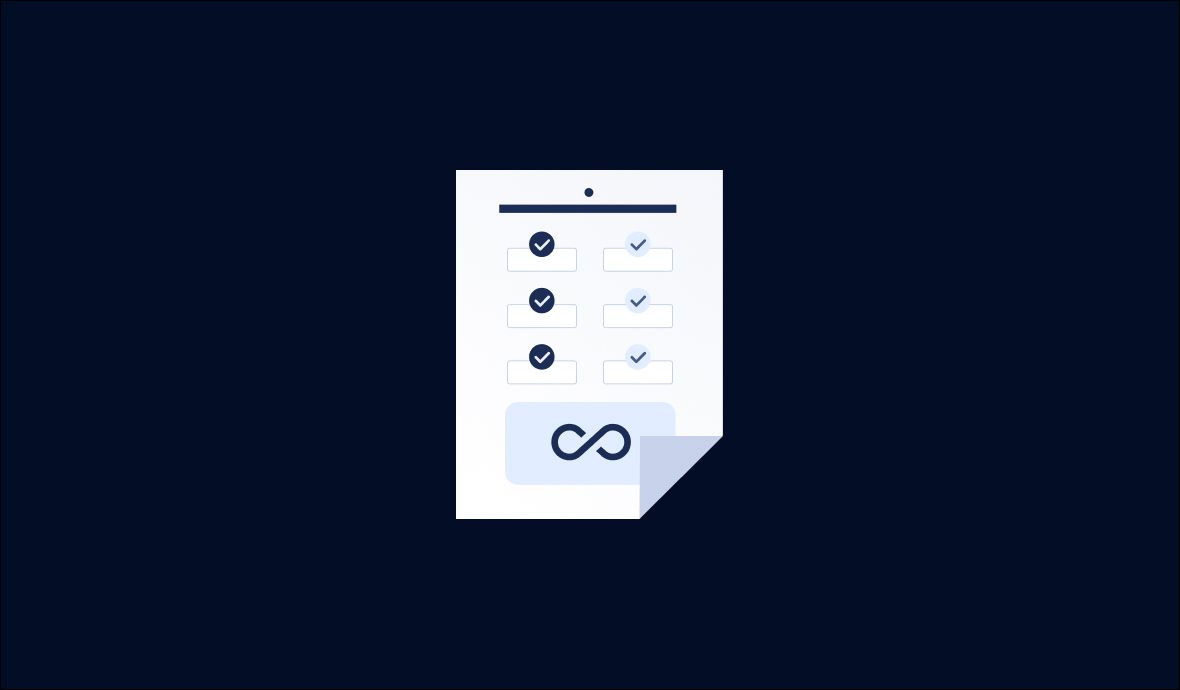What is Cloud Penetration Testing?
The goal of this assessment is to evaluate the cybersecurity posture of your cloud-based environment through simulated attacks, identifying and exploiting weaknesses in your cloud security services. Our cloud security testing methodology prioritizes the most vulnerable areas of your cloud application and provides actionable recommendations. The results of this cloud security testing will be used to enhance the organization’s security features. This includes principal examples such as Amazon Web Services (AWS), Microsoft Azure, Google Cloud Platform, and others. A concept of shared accountability is essential for cloud penetration testing.
Why do organisations need Cloud Penetration Testing?
Organizations need cloud penetration testing for several crucial reasons. Firstly, it helps identify vulnerabilities in their cloud infrastructure, such as misconfigurations, weak access controls, and unpatched software. By uncovering these weaknesses, organizations can proactively address them before they are exploited by malicious actors. This proactive approach is essential in preventing data breaches, which can have severe consequences, including financial losses, legal repercussions, and damage to the organization’s reputation.
Cloud penetration testing also ensures compliance with regulatory requirements. Many industries have stringent regulations regarding data protection and cybersecurity, and conducting regular penetration tests helps organizations demonstrate that they have implemented necessary security measures to protect their data and systems. This compliance is critical in avoiding costly fines and legal issues.

Benefits of Cloud Penetration Testing
- Cloud penetration testing helps organizations uncover security weaknesses in their cloud infrastructure.
- By simulating real-world attacks, cloud penetration testing reveals potential entry points that attackers might use to gain unauthorized access to sensitive data.
- By simulating real-world attacks, cloud penetration testing reveals potential entry points that attackers might use to gain unauthorized access to sensitive data.
- Continuous cloud penetration testing provides valuable insights into the effectiveness of an organization’s security measures.
- Cloud penetration testing validates the effectiveness of existing security controls, such as firewalls, identity and access management (IAM) policies, and encryption methods.
- Understanding the vulnerabilities and potential risks identified during penetration testing allows organizations to prioritize and allocate resources effectively to mitigate those risks.
- Penetration testing can reveal how well an organization’s incident response plan works in practice.
- Understand the Policies
- Select Cloud Penetration Tools
- Select Cloud Penetration Tools
- Response Analysis
- Eliminate the Vulnerabilities
Each cloud service provider has a pentesting policy that outlines the services and testing methods that are allowed and not allowed. To begin, we must confirm which cloud services are utilized in the customer’s environment and which services can be put to the test by cloud pentesters.
a. In order to establish the start and finish dates of the pentest, our first priority is to get in touch with the customer.
b. Pentesters require time to understand the system after receiving the information, so they can examine it – look into its source code, software versions, potential access points to see if any keys have been released.
Tools for cloud pentesting should resemble a real attack. Numerous hackers employ automated techniques to identify security holes, such as constantly attempting to guess passwords or searching for APIs that give them direct access to the data.
Cloud security would be useless without assessing the results and answers. We must assess the results after using the automated tools and running manual testing. Documentation of each response is required. One of the steps involves the use of our knowledge and experience with the cloud.
The cloud security methodology ends with this stage. The severity and effect of vulnerabilities should be reviewed and looked into with the cloud pentesting team once all cloud tests and inspections have been completed. A final report on cloud vulnerabilities should be created with suggestions and fixes.
Potential Risks and Vulnerabilities
Incident Response Plans
Maintaining Visibility
Optimization of Security
Cost Reduction
Why choose lorcam securities?
- Complete Security Assessment - Application, Cloud , Network.
- Effective Gap Analysis by our Experts.
- Working with a Diverse range of Industries of about 450+ Enterprises and SMEs.
- Track record of providing excellent cyber security solutions.






